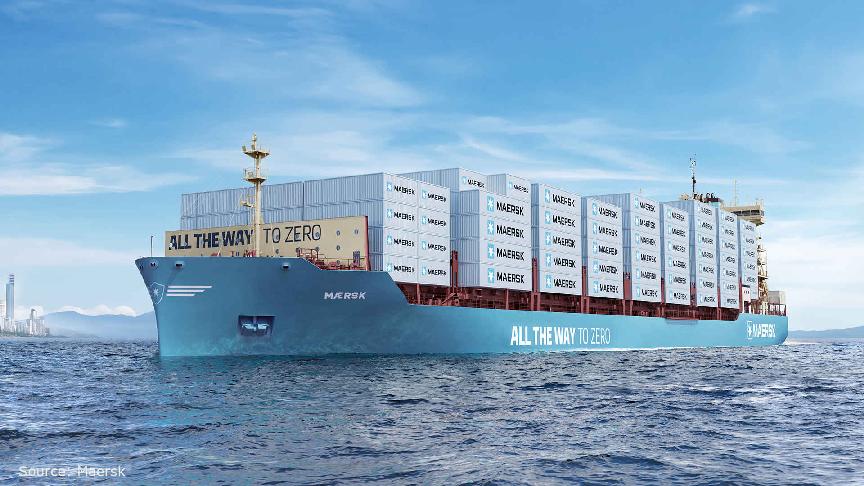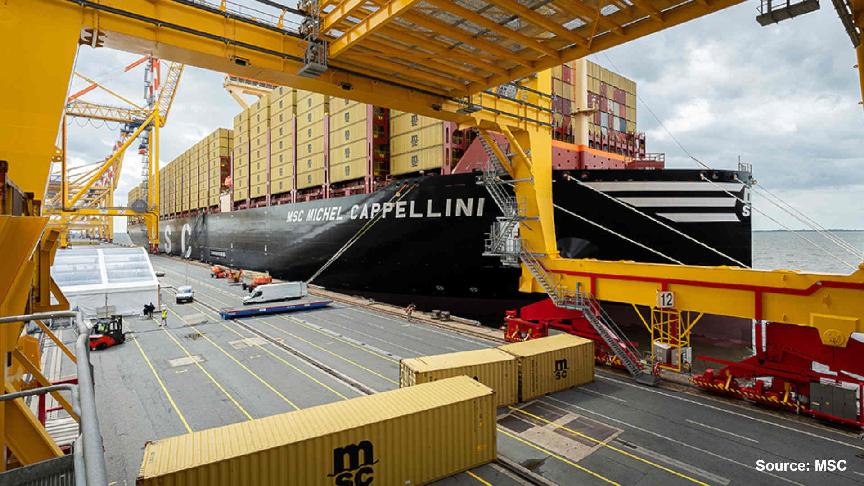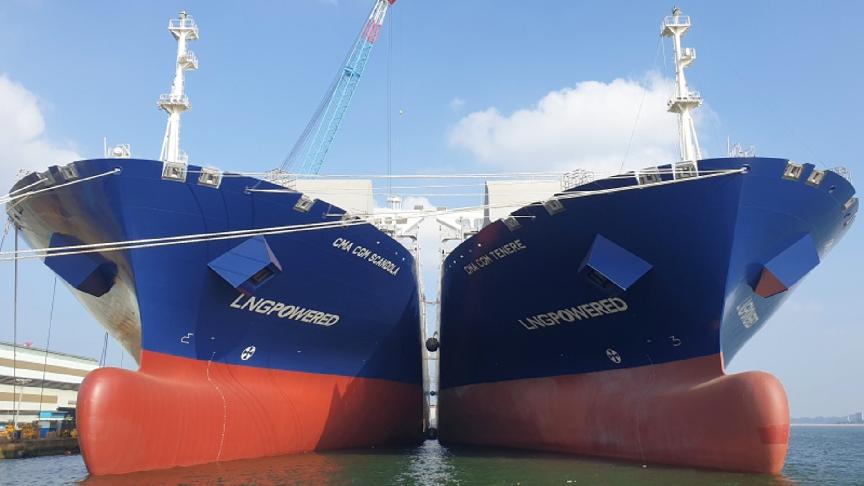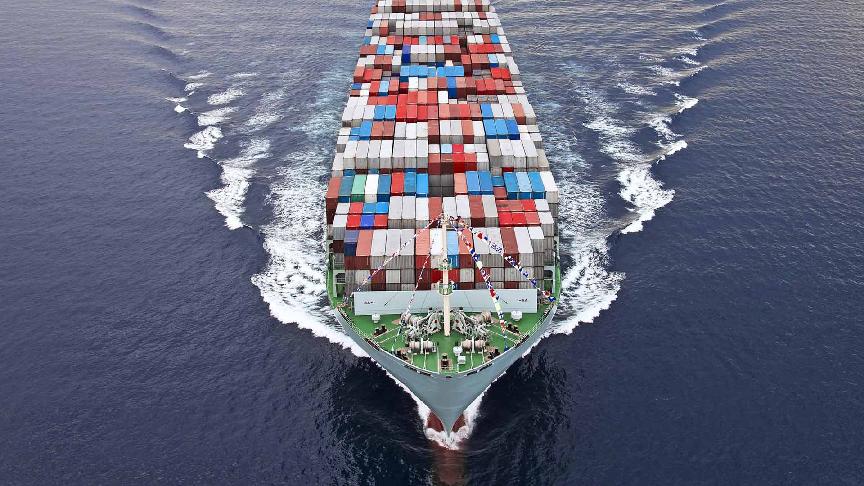Container carriers have been placing great attention to reducing their carbon footprint to help achieve international climate change goals. This includes placing new orders of boxships powered by alternative fuels.
Liquefied natural gas (LNG) is currently the most common low-emission fuel used for container ships. However, there has been a significant increase in the order of containers that would be partly powered by methanol. According to an article by Splash247, shipping research firm Alphaliner reported that orders for methanol dual-fuel orders have been growing faster than orders for LNG.
The global order for container ships powered by low-emission fuels has reached 40% of total orders. Of this percentage, nearly 30% of the orderbook is currently for LNG dual-fuel container vessels. Researchers have, however, noticed that methanol is becoming increasingly popular. The percentage of orders for methanol-ready ships has jumped from 1% last year to 12% this year, says Container News.
Several container lines have placed orders for alternative fuel ships in the past few months. In February, HMM and CMA CGM both announced new orders for 9,000 TEU and 13,000 TEU methanol dual-fuelled ships. Similarly, OCEAN Network Express has recently ordered 10 neo-panamax containerships that would be methanol- and ammonia-ready.
Leading researcher in the field of alternative fuels, DNV, claims that methanol has significant potential to becoming a key source of energy for ship propulsion. “A methanol-fuelled ship will remain compliant with the IMO decarbonization trajectory towards 2050 for a longer time than a HFO vessel before having to switch to green fuel. In short, methanol is a trustworthy option,” says Jan-Olaf Probst, DNV Business Director Container Ships.







